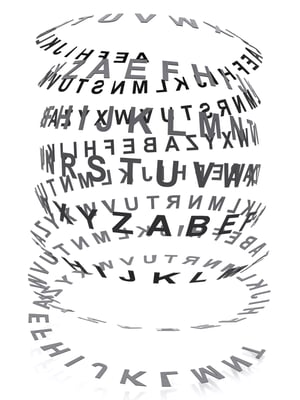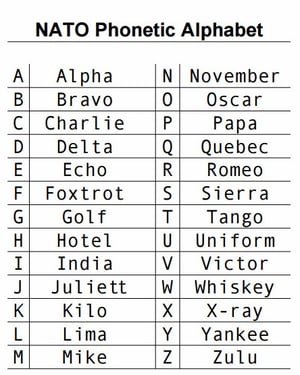Time to Read: 4 minutes
 One of the reasons why we insist on speech in noise testing here at Value Hearing is to ensure that you get the very best hearing possible with the help of your hearing aids.
One of the reasons why we insist on speech in noise testing here at Value Hearing is to ensure that you get the very best hearing possible with the help of your hearing aids.
Even if you have mild hearing loss, there are certain letters that you may struggle to hear and correctly interpret the words - wheat, feet, seat are examples.
Different speech sounds have different frequencies and different loudness and typically, higher frequency sounds - f, th, s - are the first to be affected by age-related hearing loss.
These sounds and letter combinations are represented on an audiogram in a shallow curved graph which is known as a speech banana because that’s exactly what it looks like.
However, it’s not just those high frequency sounds that might cause you to trip up.
Spare a thought for US Wheel of Fortune host Pat Sajak who apparently misheard a contestant’s request for a letter ‘B’ as a letter ‘D’ in a recent series.
Many viewers were convinced the contestant had actually said the second letter of the alphabet, instead of the fourth giving her an unearned advantage that saw her eventually go home with nearly $30,000 in prizes.
Our brain is generally very good at filling in the gaps when it is difficult to make out words in noisy environments and interpreting phrases which are unclear.
The part of your brain which does this is the angular gyrus. It uses all your gathered knowledge to fill in unclear, nonsensical phrases with predictable words. Miss even the last syllable of a word and this part your brain will subconsciously complete the sentence for you.
 It’s the technical reason why you mishear song lyrics, which we cover here in this article on Mondegreens.
It’s the technical reason why you mishear song lyrics, which we cover here in this article on Mondegreens.
So, what can you do to help clarify what you hear - and to help others effectively communicate with you?
It’s something that the armed services and the aviation industry have long recognised since radio started taking over from traditional semaphores. The problem was, each nation and each wing of the military developed their own standard and refining it as time went on.
In 1951 a standardised phonetic alphabet was created by NATO and came into civilian use a year later.
The NATO phonetic alphabet uses words which are unlikely to be confused for another making it easier to clarify that it is ‘S for Sierra’ for ‘seat’ and not ‘F for Foxtrot’ for feet.You can read more about the development of the International Radiotelephony Spelling Alphabet here.
We’ve spoken to many clients who’ve confessed to us that mishearing conversations is one of the main reasons why they’ve decided to give us a call.
The good news is that the earlier hearing loss is identified and supported with hearing aids, the better your ability to hear better in a wider variety of situations - which is especially important with Christmas just around the corner.